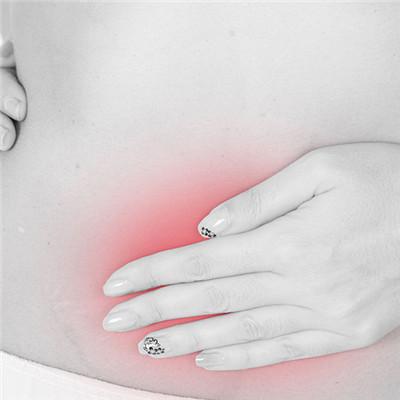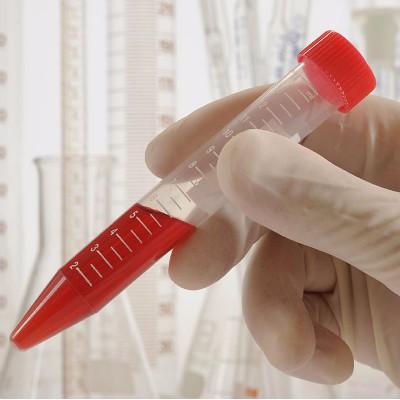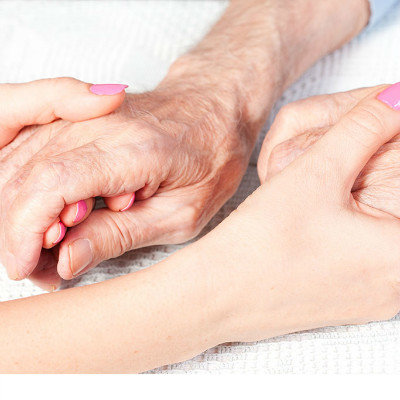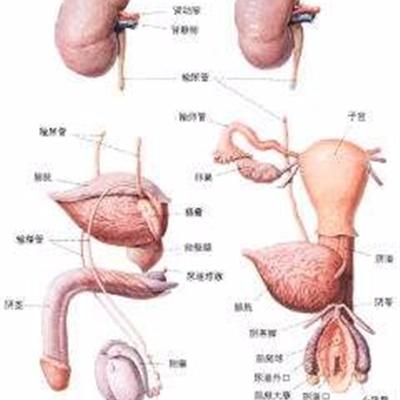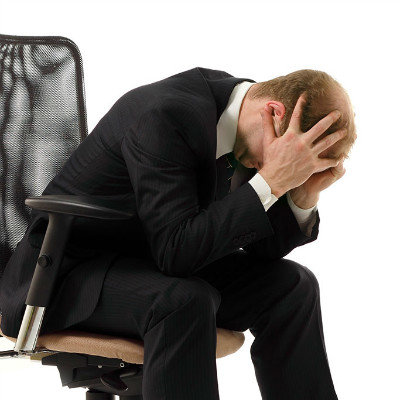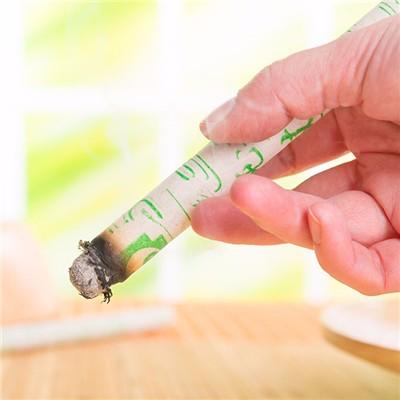How to treat low cranial pressure headache?
summary
Low intracranial pressure headache is mainly due to the decrease of intracranial pressure, if the patient feels unwell, he should go to the hospital immediately for diagnosis and treatment, the "liquid pad" effect of cerebrospinal fluid is weakened, the brain tissue sinks and shifts, and the pain sensitive structure of skull base, dura mater, artery, vein, nerve channel are pulled. Today, let me learn how to treat low intracranial pressure headache with you
How to treat low cranial pressure headache?
First, symptomatic treatment includes bed rest, rehydration (2000-3000ml / D), wearing tight pants and abdominal belt, and giving appropriate amount of analgesics. Intrathecal injection of sterile saline can relieve headache after lumbar puncture.
Second: drug therapy: caffeine can block adenosine receptor, make intracranial vasoconstriction, increase CSF pressure and relieve headache. Sodium phenylkalate caffeine 500mg can be injected subcutaneously or intramuscularly, or 500-1000ml emulsifying Ringer's solution can be added for slow intravenous drip.
Third: the curative effect of epidural blood paste is to slowly inject 15-20ml of autologous blood into the lumbar or thoracic epidural space. The blood expands several intervertebral spaces from the injection point up and down, which can compress the dural sac and block the cerebrospinal fluid leakage outlet, quickly relieve headache. It is suitable for headache after lumbar puncture and spontaneous intracranial hypotension headache. The effective rate is 97%.
matters needing attention
1. The medical staff should be compassionate, patient and careful, and explain the occurrence and development of the disease to the patients, so as to eliminate the patient's ideological concerns and obtain the patient's cooperation, so as to reduce the patient's sensitivity to pain; 2. Explain to the patient's family members so that they can understand the patient's pain and guide them to give them more rest time to avoid fatigue and headache; Guide the family members to send the patients to the hospital for treatment in time according to the patient's condition.

